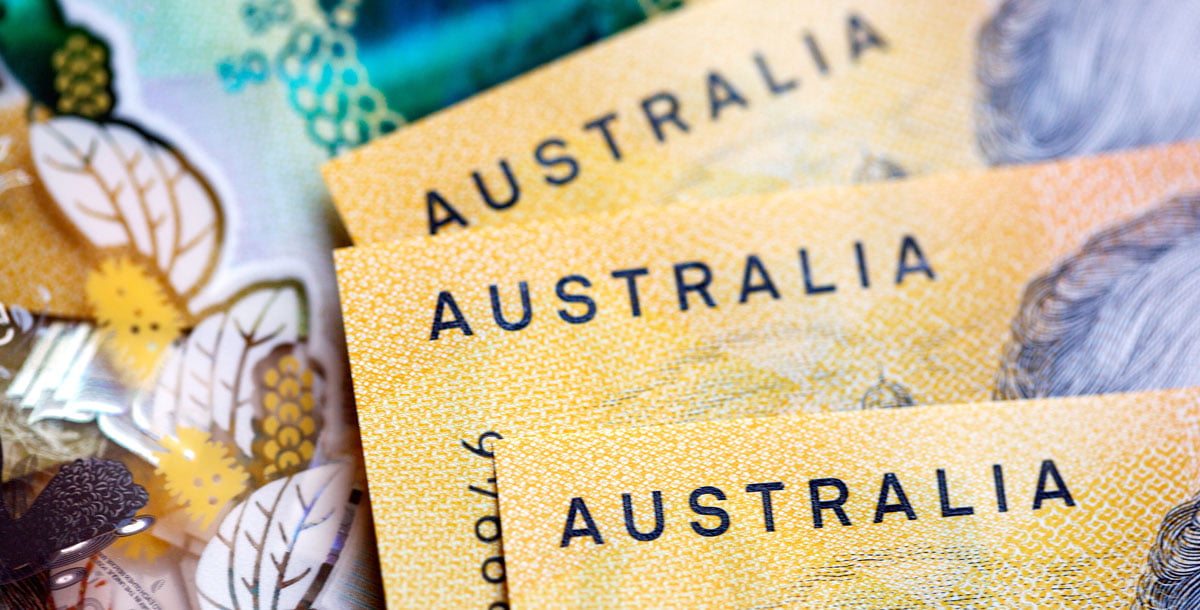
A sudden uptick in the unemployment rate and slower economic growth combined with continued strong inflationary pressures are set to test the Australian economy during the next two years, according to the Federal Government’s 2022 October Budget.
While record commodity prices and higher Government revenues have provided some relief reducing the annual budget deficit from $78 billion to $36.9 billion, the economic outlook remains uncertain.
Government spending will continue to outpace revenue with Canberra doing little to address the long-term structural difficulties contained within the budget, despite trying to restrain spending in order to limit inflationary pressures within the economy.
Perhaps more importantly is the very real possibility that the Australian economy could tip into recession next year with unemployment set to spike at 5.5 per cent while economic growth is expected to slow to just 1.5 per cent.
Global political and economic uncertainty cast a long shadow over this budget, with the Government allocating some $1.4 billion in aid to Pacific nations during coming years – one of the few areas of higher Government spending.
Despite keeping a tight hold on outlays, the budget centrepiece is a pledge to build 1 million new houses across the nation during the next five years, in an attempt to alleviate the country’s chronic housing and rental shortages.
Nonetheless, households will continue to face their own tough budgetary realities with energy prices tipped to explode by more than 56 per cent in the two years ahead and real wages expected to continue to fall.
Fearful of pushing domestic inflation even higher, the Budget contains no cash relief or direct subsidies for households facing increasing cost of living pressures from higher energy costs, higher fuel prices and higher interest rates.
There is some relief in sight for families with the Government promising to spend $4.7 billion on providing cheaper and additional childcare places and $530 million for longer paid parental leave entitlements but these will take years to become a reality.
Medicines will become cheaper with the maximum general co-payment for medicines on the Pharmaceutical Benefits Scheme cut from $42.50 to $30 while an additional 17 million scripts will now receive Government subsidies to reduce their cost to patients.
In the meantime, the Government has left the door open to review the much-debated 2024 income tax cuts, which are focused on providing tax relief for high income earners, particularly wage earners who have been adversely impacted by ‘bracket-creep”.
The big loser in this year’s budget, the first by the newly elected Labor Government and the second for 2022, appears to be regional Australia with around $10.2 billion in funding to regional Australia projects cut.
The former Government’s much talked about commuter car park programs have been axed along with $1.7 billion slashed from various Government regional dams’ projects over the next four years and $4.6 billion over the next twelve years.
While the Government has promised to spend $1 billion to create 180,000 additional fee-free TAFE and vocational training places, little has been done to support small business, emerging from two years of pandemic created restrictions and tough trading conditions.
Nonetheless, the whole country will benefit from the Government’s commitment to move to a low carbon economy and its “Rewiring the Nation’ program is set to improve energy transmission and connect new renewable energy projects to the nation’s electricity grid.
A $20 billion fund has been created to build the Marinus Link, a subsea electricity cable between Tasmania and the mainland, as well as providing better links to planned offshore wind farms in Victoria.
A further $800 million has been set aside for Powering Australia, which plans to cut taxes on electric vehicles, invest in a national EV charging network and provide solar battery storage for up to 100,000 Australian homes.

















